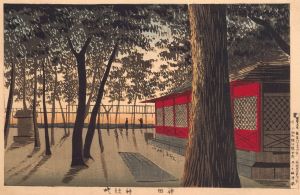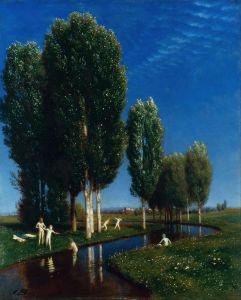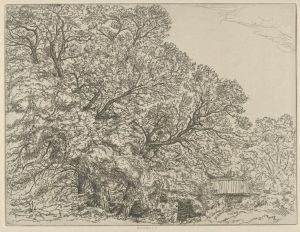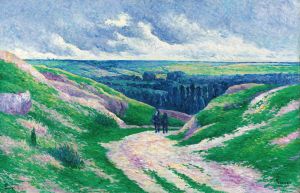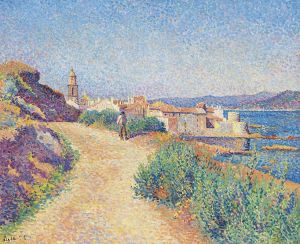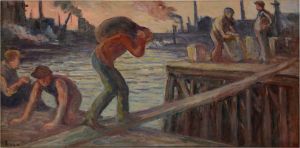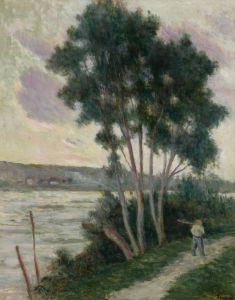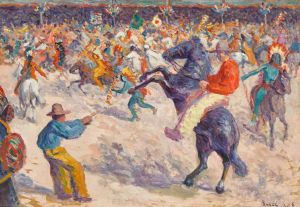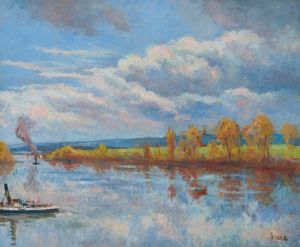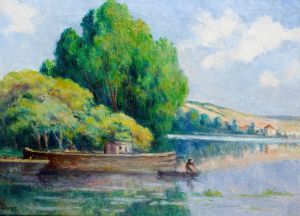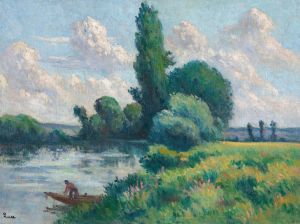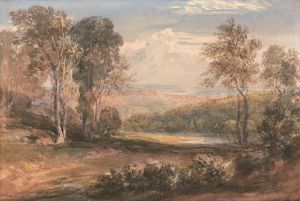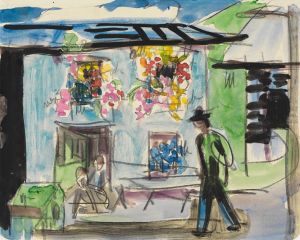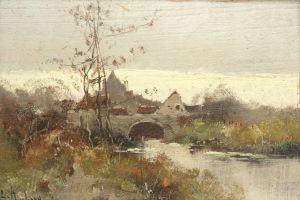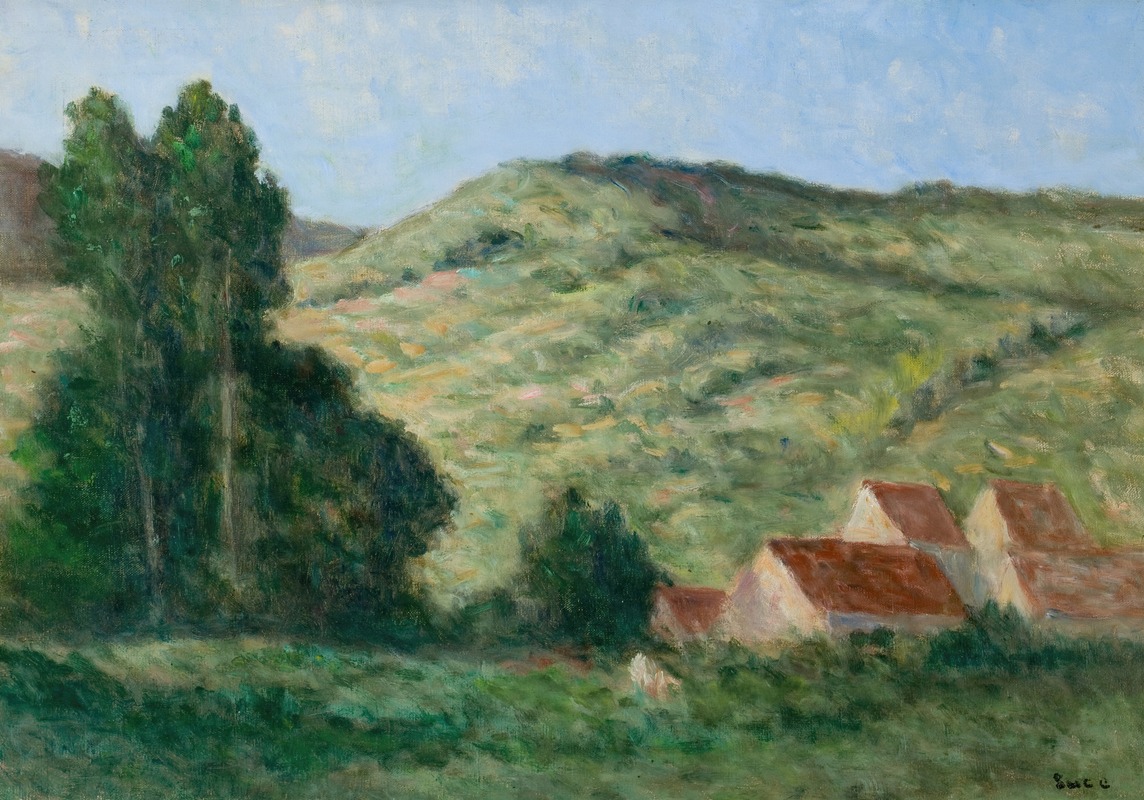
Le Riviere
A hand-painted replica of Maximilien Luce’s masterpiece Le Riviere, meticulously crafted by professional artists to capture the true essence of the original. Each piece is created with museum-quality canvas and rare mineral pigments, carefully painted by experienced artists with delicate brushstrokes and rich, layered colors to perfectly recreate the texture of the original artwork. Unlike machine-printed reproductions, this hand-painted version brings the painting to life, infused with the artist’s emotions and skill in every stroke. Whether for personal collection or home decoration, it instantly elevates the artistic atmosphere of any space.
Maximilien Luce (1858–1941) was a French Neo-Impressionist artist known for his paintings, illustrations, and engravings. He was associated with the Pointillist movement, which was characterized by the use of small, distinct dots of color applied in patterns to form an image. Luce was a contemporary of Georges Seurat and Paul Signac, and he was influenced by their techniques and theories.
"Le Riviere" is one of Luce's notable works, showcasing his mastery in capturing the interplay of light and color. While specific details about this particular painting are limited, it is representative of Luce's broader body of work, which often depicted scenes of everyday life, landscapes, and urban environments. His paintings frequently explored themes of nature and the effects of light, which were central to the Neo-Impressionist movement.
Luce's technique involved the meticulous application of paint in small, dot-like strokes, a method that allowed him to explore the optical effects of color and light. This approach was rooted in the scientific theories of color and perception that were popular at the time, particularly the work of chemist Michel Eugène Chevreul and physicist Ogden Rood. By placing contrasting colors next to each other, Luce and his contemporaries aimed to create a more vibrant and luminous effect than traditional methods allowed.
Throughout his career, Luce was deeply committed to social and political causes, which often influenced his choice of subjects. He was an anarchist and used his art to express his political beliefs, capturing the lives of the working class and the social issues of his time. This commitment to social realism can be seen in many of his works, although "Le Riviere" is more focused on the aesthetic exploration of natural beauty.
Luce's contribution to the Neo-Impressionist movement was significant, as he helped to expand the possibilities of the style and brought attention to the social dimensions of art. His works are characterized by their vibrant colors, dynamic compositions, and the innovative use of light, which together create a sense of movement and life.
"Le Riviere," like many of Luce's paintings, reflects his interest in capturing the transient effects of light on water and landscape. The painting likely depicts a river scene, rendered with the characteristic pointillist technique that gives the surface a shimmering, almost vibrating quality. This effect is achieved through the careful placement of color dots, which blend in the viewer's eye to create a cohesive image.
Luce's work, including "Le Riviere," remains an important part of the Neo-Impressionist canon, celebrated for its technical innovation and its ability to convey both beauty and social commentary. His paintings are held in numerous public and private collections, and they continue to be studied and appreciated for their artistic and historical significance.





